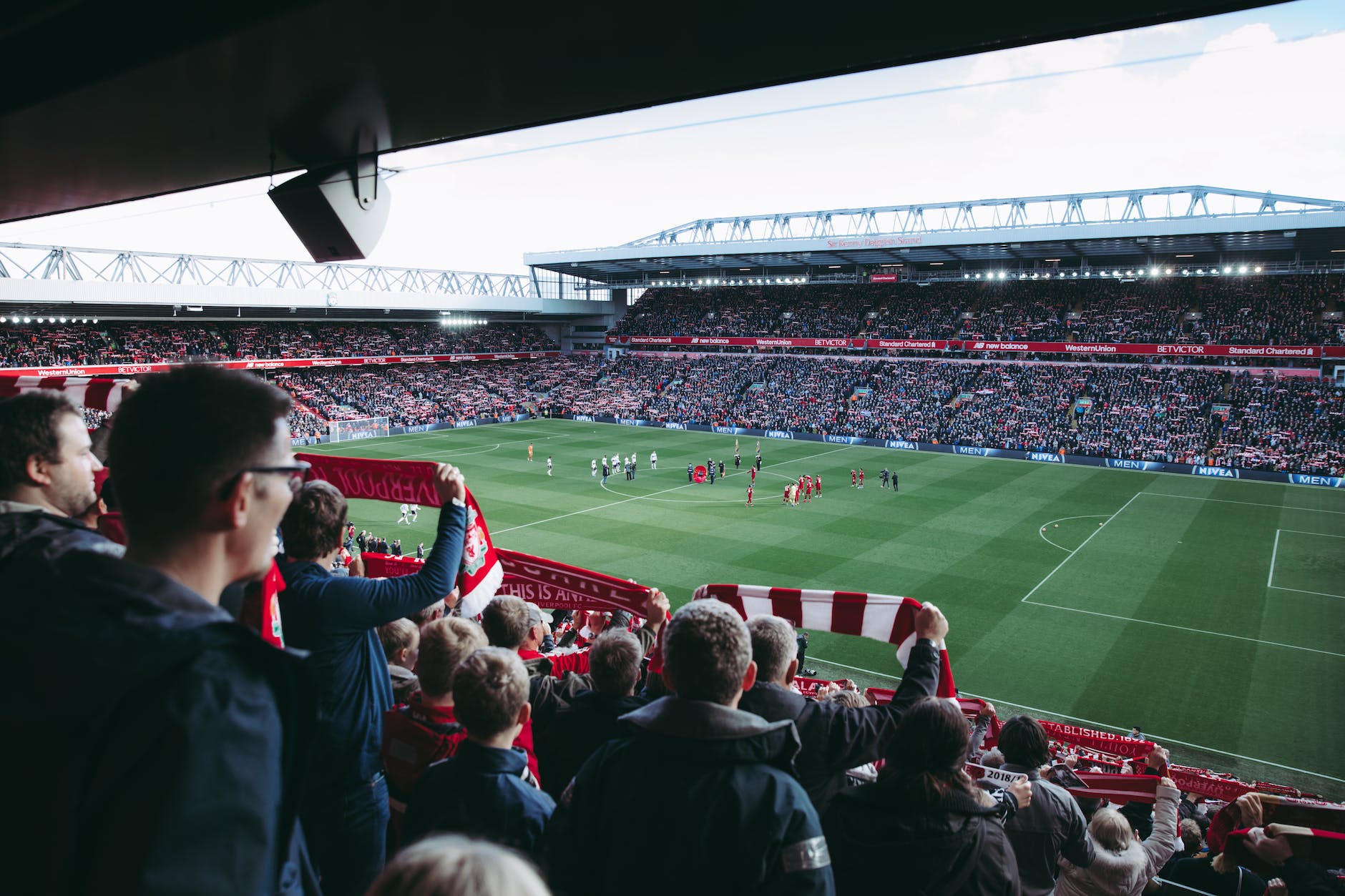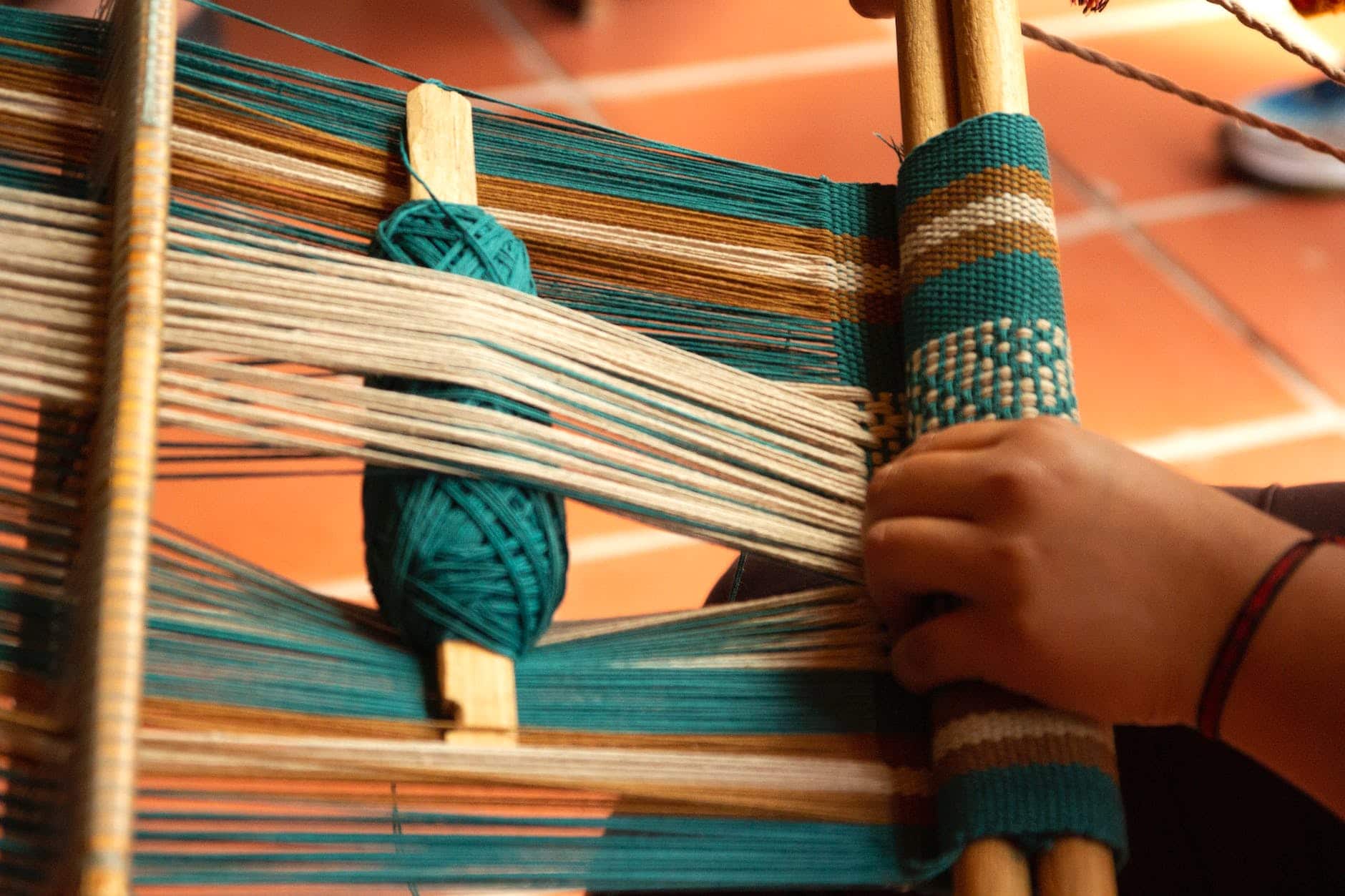Life’s serendipitous moments can be both awe-inspiring and perplexing. For those who have experienced a near-death encounter, such as surviving a cardiac arrest, the line between good fortune and the lingering aftermath becomes blurred. In this article, we delve into the captivating tale of a cardiac arrest survivor, exploring the paradox of their survival and the following introspective journey.
The Unforeseen

Picture a seemingly ordinary day, the sun casting its gentle rays upon the world as John, a middle-aged man with an unwavering zest for life, laced up his running shoes. Little did he know that this morning jog would be etched into his memory as a harrowing struggle for survival. As John ventured out, the world around him buzzed with its usual rhythm, blissfully unaware of the impending turmoil.
John’s heart pounded with each determined stride, synchronized with his exhilaration for the day ahead. But fate, capricious and unpredictable, had other plans in store. Suddenly, as if orchestrated by an invisible hand, a searing pain shot through his chest, seizing his breath and halting his triumphant journey. Once vibrant with energy, his body now crumbled to the unforgiving pavement.
Time stood still, and panic surged through John’s veins as his consciousness teetered on the precipice of oblivion. Passersby rushed to his side, their faces etched with a mix of concern and desperation. Every second counted, a stark reminder of life’s fragility and the dire consequences that could unfold within mere moments.
Bystanders scrambled to summon help, their trembling hands reaching for their phones desperately trying to bridge the chasm between life and death.
The Miraculous Intervention

Just a few streets away, Sarah, a recently certified paramedic, had just finished her shift. As she was about to head home, she felt the urge to stretch her legs and catch some of the morning sun. She veered off her usual route and moments later found herself at the scene where John lay motionless.
By an extraordinary twist of fate, Sarah arrived within minutes of John’s cardiac arrest. Unfaltering, she jumped into action, and her swift action and proficiency in administering CPR were vital in resuscitating him, granting him a second chance at life. The odds of Sarah, a trained paramedic, being at the right place at the right time were remarkably slim. Yet, the Serendipity Paradox had intervened, ensuring their paths crossed when it mattered most.
The Complex Aftermath

The aftermath of John’s survival unfolded as a complex tapestry, interweaving physical, emotional, and existential threads. The toll that cardiac arrest took on his body left an indelible mark, a reminder of the fragility of his existence. What was once a vessel capable of conquering the world now bore the scars of a battle fought within.
The physical limitations imposed on John constantly reminded him of the near tragedy he had faced. Simple tasks that were once taken for granted now required a newfound resilience and adaptability. Each step carried the weight of exhaustion; even the most mundane activities became arduous journeys. The contrast between the vitality he once possessed and the fragility he now navigated left him questioning the true value of his survival.
But it wasn’t just the physical challenges that haunted John’s thoughts. The emotional aftermath of his brush with death threatened to engulf him in a sea of turmoil. Post-traumatic stress disorder (PTSD) cast its shadow over his every waking moment, triggering vivid flashbacks of the terrifying event. The world became a minefield of triggers, evoking a rush of emotions that threatened to drown him.
Anxiety became his unwelcome companion, whispering doubts and fears into his ears at every turn. An ever-present sense of unease had replaced the peace and serenity he once knew. The fear of relapse, the uncertainty of the future, and the persistent awareness of his mortality formed a heavy cloak that weighed upon him, even in his most vulnerable moments.
The Search for Meaning

In the midst of these struggles, John found himself questioning the true meaning of his survival. Was it a blessing or a burden? Did he truly want to bear the weight of a life that seemed to have been altered irrevocably? The paradox of gratitude mingled with a nagging doubt, leaving him torn between the appreciation for the second chance he had been granted and the overwhelming challenges that accompanied it.
Yet, amidst the darkness of his introspection, glimmers of hope emerged. John began to realise that his survival, though fraught with difficulties, had the potential to inspire others. His journey of resilience and determination could serve as a beacon of light for those facing their own battles. The scars that adorned his body and soul became symbols of strength, testaments to the human spirit’s capacity to endure.
With time, John discovered a community of fellow survivors who understood the intricate web of emotions he grappled with. They shared stories of triumph, exchanged advice on navigating the hurdles of recovery, and provided the empathy and support he desperately needed. Through their shared experiences, he found solace in knowing he was not alone on this journey.
As John continued to walk the path of recovery, he began redefining the meaning of his survival. It was no longer a question of whether it was the best thing for him but rather how he could make the most of the life he had been given. He realised that his existence held value beyond his own struggles—a purpose found in supporting and inspiring others who faced similar battles.
Navigating the Paradox

Navigating the serendipity paradox of surviving a cardiac arrest is a deeply personal and often challenging journey. The contrast between the gratitude for being given a second chance at life and the burdens that accompany it can be overwhelming. To navigate this complex path, survivors must acknowledge and honour their own unique experiences and seek the support they need.
Establishing a strong support network is essential to navigating the paradox. Healthcare professionals, including cardiologists, therapists, and rehabilitation specialists, play a vital role in helping survivors understand and manage their recovery’s physical and emotional aspects. Their expertise and guidance can provide valuable insights into the long-term effects of cardiac arrest and help survivors develop strategies to address these challenges.
Support groups specifically tailored to cardiac arrest survivors can be invaluable in providing a sense of community and understanding. Connecting with others who have experienced similar journeys can foster a deep sense of empathy and solidarity. These groups offer a safe space for survivors to share their thoughts, fears, and triumphs, knowing they are surrounded by individuals who truly comprehend the complexities they face.
Key Supporters

In addition to professional support and peer connections, the love and understanding of family and friends can be a crucial source of strength. Opening up to loved ones about the mixed emotions and uncertainties that arise from the serendipity paradox can foster deeper connections and enable them to provide the necessary support and encouragement. Engaging in open and honest conversations can help survivors feel seen, heard, and validated in their experiences.
Alongside seeking support, survivors must also engage in self-care practices to nurture their physical and emotional well-being. This may involve engaging in activities that promote physical health, such as following a heart-healthy diet, participating in exercise programs tailored to their needs, and taking prescribed medications. Incorporating stress-reduction techniques like mindfulness, meditation, or yoga can also aid in managing the emotional toll of the paradox.
It is important for survivors to recognise that their feelings of ambivalence, doubt, or questioning the value of their survival are valid and normal. Reflecting on these emotions and exploring their deeper meaning can lead to personal growth and self-discovery. Engaging in therapy or counselling can provide a safe and confidential space to delve into these complex thoughts and emotions and gain a deeper understanding of oneself.
Furthermore, survivors may find solace and meaning in giving back to others who face similar challenges. Sharing their story and experiences through advocacy work, volunteering, or participating in community events can raise awareness about cardiac health and inspire and support fellow survivors. By transforming their own journey into a catalyst for positive change, survivors can find purpose and fulfilment amidst the paradox.
The Tapestry of Life

The serendipitous nature of survival after a cardiac arrest presents a complex paradox for those who experience it. The remarkable intervention of fate, embodied by Sarah’s timely arrival and life-saving actions, bestows survivors with an undeniable sense of gratitude and appreciation for the precious gift of life. However, the aftermath can bring forth a host of challenges, both physical and emotional, leaving survivors to ponder whether their survival was truly the best outcome.
Ultimately though, the serendipity paradox reminds us that life’s twists and turns are often beyond our control. Whether the aftermath of survival feels burdensome or filled with meaning, it is a testament to the complex and mysterious nature of existence. By embracing the challenges, seeking support, and striving to make a difference, cardiac arrest survivors can navigate the paradox with grace and resilience, ultimately finding their own unique path towards healing and fulfilment.
In the tapestry of life, serendipity weaves its threads in ways we may never fully comprehend. The tale of a cardiac arrest survivor exemplifies the enigmatic dance between chance and destiny. It invites us to contemplate the profound lessons hidden within unexpected encounters and to cherish the fragile beauty of each day we are given.

After our first meet-up in February 2015, I realised I was not alone. It was the first time since my cardiac arrest the previous year that I had spoken face-to-face with someone who had experienced what I had. This was also true for my wife, who also happened to be my lifesaver. From that meet-up, the idea of SCA UK was born. Since then, we have achieved a considerable amount, primarily providing information, resources and support to others in a similar situation but also raising the profile of survivorship and the need for better post-discharge care. We are starting to get traction in this, and with the formation of the charity, I genuinely believe we have a bright future ahead and will make a significant difference in the lives of many who join our ranks.

